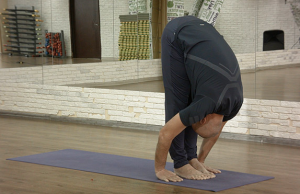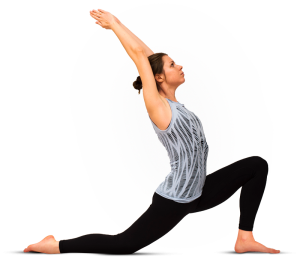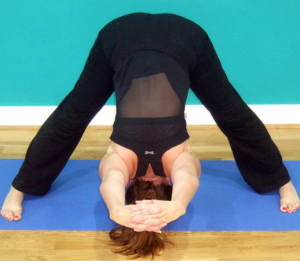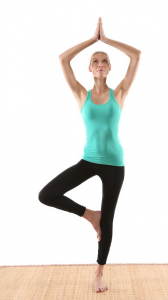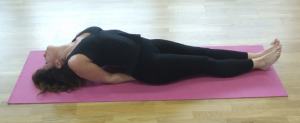
Written by Amanda Wang, Innovation & Management M.S. 2019
Stress is a word that never leaves a college student’s dictionary. In April, when you find out you have tons of reports, assignments, and exams ahead of you, even the fact that the summer break will (eventually) come barely helps. I have tried multiple methods from drinking too much coffee to watching a whole season of drama, only to figure out that neither pushing harder nor procrastinating longer would make a real difference to my stressed-out brain.
Maybe knowing how to relieve stress is one huge part of ”adulting”. Now with almost five years of university life experience, I found five ways that work best for me and perhaps will work for you as well.
- Write tasks down
This might be the most straightforward way to reduce stress. Your brain is like a strawberry jam, and it is hard to figure out what you should do. Seems like no matter what task you do first, you will not be able to finish all of them on time. But is this the case? Or just because you do not know how much you have to finish by today, this week, and this month? The quickest approach to stop the panic is to write all your tasks and concerns down. After writing down the tasks quickly, you will find that many things are easier than you expected. Try hand-writing instead of plugging the deadlines into an Excel document (for me, Excel itself already looks stressful), as writing by hand can help the brain process information and clean it up. Sounds cool, huh? Get down to write and see how amazingly it helps with your stress relief!
- Chat with your friends
It is understandable if you want to be left alone when you are stressed, as social time can be tiring when you have tons of work to do. However, if you have a weekend or a day off, call a friend to grab coffee or food together! Trust me – once the conversation starts, you will feel much better. In addition, some coffee and food will help to create comfort and relieving environment. The time spent with friends makes us much stronger when facing stress. Many times, we just need a bit encouragement and we will have enough energy to carry on. Friends are the people we can seek encouragement from most directly and effectively. Don’t forget to help your friends when they are stressed, too!
- Go outside
Try not to stay at home all day when you feel that you need some personal time. Instead, go outside. If the weather is good, do some exercise! Spring is around the corner (finally!) and I can hear the birds chirping in the morning. Outdoor activities can help you to gain energy, but even going to the gym or shopping malls is better than staying inside your place the whole day. You may go hiking or biking around the area near Middlesex Fells Reservation. Or simply take a day trip outside campus (see our blog ‘Escaping Campus: The 5 best day trips from Tufts!’). Enjoy the sunshine and nice weather!
- Clean up your space
A messy living space will add to your stress level. To keep your mind clear, having a tidy space of your own is essential. I was amazed by the power of a clean home after watching the Netflix series “Tidying up with Marie Kondo”. No need to throw half of your stuff away, just give yourself some organized space to work. Put stuff that is not frequently used back in boxes or drawers, reorganize your closet to get ready for the spring, do some laundry for clean towels and sheets – anything that you can think of to ‘renovate’ your space will significantly help to reduce the stress.
- Have some comfort food
Food is always comforting under the proper circumstances. Try to make your favorite dish at home, no matter if it is eggs & bacon or some hot noodles with seasoning. I sometimes make Shakshuka, pasta, or Chinese noodle soups. Or, you can dine out at your favorite restaurants or explore new restaurants in the area! Remember, the idea is to eat something that will make you happy, but don’t eat food that is unhealthy as it will only add to your stress later on!




